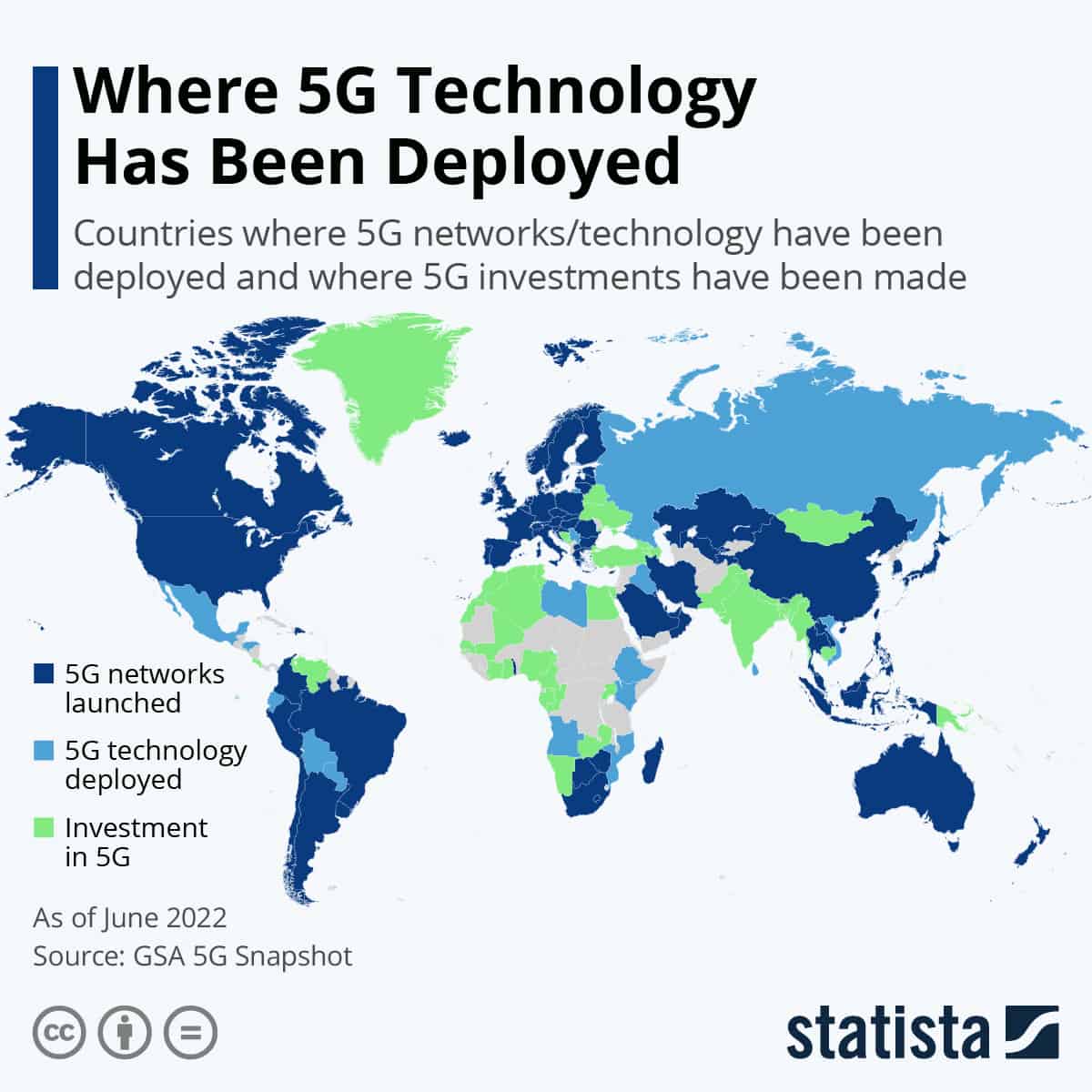
If you are an e-commerce brand looking to make sales, your biggest concern should be optimizing everything for mobile. This goes beyond SEO; you need to think about your entire store from the perspective of the mobile user.
In this article, we are going to go over why mobile optimized websites are key in e-commerce by looking at some very obvious, but meaningful trends related to online shopping.
Quite often, when we have assessed e-commerce stores’ paid social advertising, it seemed that a lot of them didn’t quite understand where their copy would be cut off.
Primary texts would run on well in excess of the 125 character mobile cutoff limit, as well as the headlines’ and link descriptions’ limit of 40 and 30 characters, respectively.
While you might be thinking, “yeah, but you can actually go beyond the limit as long as your most important and compelling copy is up front,” we have seen time and time again that this isn’t the case. On top of this, we recommend that your primary texts should generally be kept around 90 characters or less.
Similarly, we have come across e-commerce stores with a great product line and a CR-optimized website that performs fantastically on desktop, but fails to meet the most basic speed and stability standards on mobile.
I want you to take a few seconds, visit Google’s Pagespeed Insights, and plug your website’s URL into their search bar, and just see how your site performs.
The first thing that you will notice upon doing so is that they immediately show you how your website performs with regard to the mobile version. Why is that?
As an e-commerce, one of the things that you absolutely have to know is that your audience is most likely viewing your website on their mobile device these days.
Just take a look at Buildfire’s assessment of the outlay of e-commerce for the year of 2021 and you will see that it was expected that we would see over 70% of e-commerce sales occurring on mobile devices.
So far, they have already seen up to 79% of sales happening on mobile devices for the year, and we at HK Digital don’t see this falling too far because:
While these consumer preference-driven factors may seem ambiguous at this point, there is a lot to be said for each of the outlined points, and I am surely not going to leave you hanging without a nice, detailed explanation of each.
By threshold, I mean that there is a certain, minimum level of performance required for people to be able to effectively use any kind of device for a certain purpose.
At one point, shopping on mobile devices would sound like an absolute chore, and people would likely laugh at you if you tried to do so, even when you had a decent WiFi connection.
To give you an extreme example of this, think back to a time before the first iPhone was launched: the Blackberry was the cream of the crop because it simply made texting easier and editing documents practically possible, though not necessarily ideal.
Can you imagine trying to use one of those to browse through shops and learn about all of the features of the products that you search for these days?
Desktop has long been ahead of mobile devices in its ability to offer the features that are necessary for an effective online shopping experience. Just to name a couple;
Now we are at a totally different point in the history of hardware, and all of those features’ minimum requirements for a decent shopping experience have been met; the threshold has been broken by most mobile devices on the market today, and these devices are accessible to a much larger proportion of the global population; totaling at 4.28 billion users, or 90% of the global internet user population.
This number has been steadily increasing and I don’t think anyone would guess that it is going to start decreasing at any time in the near future, for very obvious reasons.
While you might not want to try writing a thesis or dissertation on your iPhone or Samsung S-series, you know just as well as I do that, whatever mobile device you run, it has more than enough tech behind it to effectively run any website that you want to load, assuming that the website owners optimized for mobile.
Just as your old Blackberry didn’t quite make the cut for e-commerce, mobile internet speeds back in that time were absolutely laughable in retrospect.
Do you even remember what 3G was like? At that point in time, if your phone was trying to load a complex site, you ran the risk of watching the thing have a meltdown before your eyes.
On top of that, if you didn’t happen to live in or around a major city center, you could have assumed that ISPs threw a handful of darts at a world map and that is how they decided which rural areas would have access to a mobile network that made even making a call possible.
Nowadays, my friends back in rural Alaska can be out on a fishing trip in the middle of nowhere (Alaska generally is the last of the states to receive updated internet infrastructure) and send me videos of them jumping off of the boat and into the water for the fun of it, and hop on a video call right afterwards.
My point: the minimum threshold for mobile internet speeds has been met for the sake of e-commerce.
You can be nearly anywhere in the world and your mobile device will have the speed necessary to let you browse through whatever you want, comfortably.

Just take a look at the above map indicating where you can expect to have 5G, either now or in the near future. We were doing mobile e-commerce before 5G rolled out, so this map doesn’t necessarily even cover where mobile e-commerce is practical, yet so much of the world is already covered here.
Assuming that Elon Musk’s Starlink system goes into full effect without being forever “Roadstered” (will that car ever see a road?), you will be able to expect speeds around 5G pretty much anywhere around the world, and that means you will be able to easily order your next flight after posting your “summit selfies” on your way down from the peak of Mt. Everest, no matter where you are along the descent.
The mobile-first approach didn’t necessarily start with Amazon, but it sure did take off thanks to giants alike changing consumers’ preferences on how they shop online.
What I am talking about here is these giant e-commerce marketplaces absolutely revolutionizing the expectations of all of your potential customers by applying a mobile-first approach.
Since these giants started leading the way in mobile optimization, many smaller e-commerce brands have noticed that their growth depends greatly on their customers’ mobile experience.
But you do recall what I mentioned in the introduction, don’t you?
When we deal with smaller stores, we often find that they have a website that performs just fine on desktop (though not always), and that their mobile version is anywhere from unusable to lacking a disclaimer about the potential for seizures caused by an unrealistically high cumulative layout shift (CLS), which happens to be one of the key metrics that Google looks at when ranking your site for SEO.
The whole point of this section is to remind you that this trend is not about to slow down, and we are reaching the point where going mobile-first is going to be essential to remain relevant rather than to gain an edge on your competitors.
If you just take a look at this article by Retail Dive that predates 2017, you will see that 47% of the top retailers already had a mobile app at that point, which is essentially the holy grail of mobile optimization (again, if it is done correctly).
Fast-forward to now and you are going to have to fight to maintain your relevance.
What I mean by this is that the channels that used to be dominated by desktop use are being taken over by mobile device use. Just check out a few of the statistics relevant to 2021 that Hubspot gathered on digital marketing channels:
If these major stats aren’t convincing enough, click that Hubspot link and check out the rest of those statistics because you’ll not only find a lot more info about mobile trends, but overall trends on your most important channels.
I think by now we can clearly see that consumer preferences in mobile shopping aren’t just related to your mobile website.
What we are witnessing is a shift comparable to the e-commerce revolution: not everyone believed that shopping online was going to be as big as it is today, just as businesses don’t yet seem to understand that the e-commerce industry is now rather evolving to concentrate on mobile devices.
So, if you checked your website’s mobile performance on the Google Pagespeed Insights site and saw that it performs well; congratulations! But you still have some other things to check:
As the demands of day-to-day business don’t always allow for you to make major transitions, if you find that setting up your company for mobile-first e-commerce is more than you are able to handle on your own, we at HK Digital are always here and eager to help.